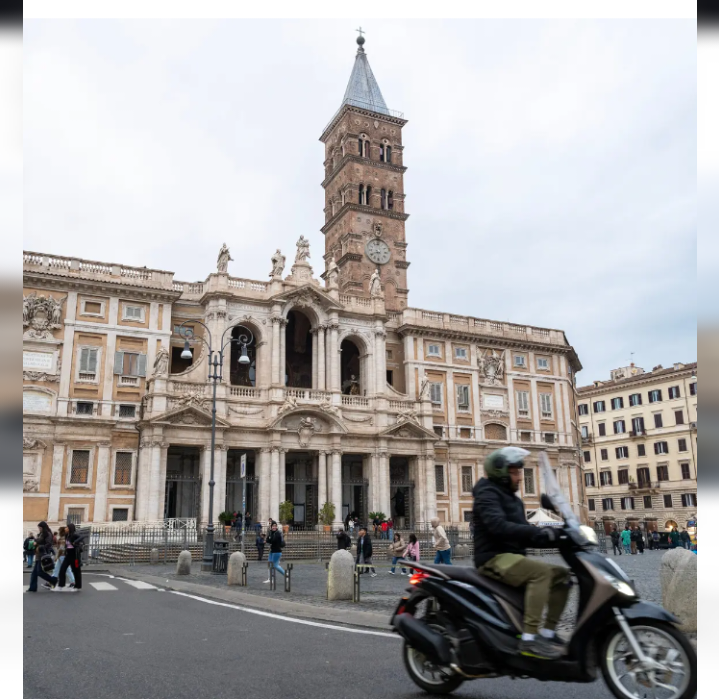The Catholic world is gripped with uncertainty as Pope Francis, 88, remains in a Rome hospital because of a complex lung infection and other serious ailments.The Vatican on Friday morning said that the night had passed peacefully for the pope and that he was resting.
That followed a more detailed update from the previous evening, when it said that the pope, his clinical condition improving, had moved out of critical condition but was still not out of danger.Francis was alternating between using a high flow of oxygen and a ventilation mask and had spent the day doing respiratory physiotherapy and resting, the Vatican said.Here’s what we know about his condition, and about how things would go should he die.
Francis’ Condition
Francis’ initial respiratory tract infection has developed into pneumonia in both lungs, and other complications have emerged during his hospital stay.He had a respiratory crisis that has resulted in his having to receive high flows of supplemental oxygen. On Sunday, the Vatican announced that he was suffering from “initial, mild kidney failure,” which was “under control.”
Upon DeathWhile Francis’ fate is still unclear, what is more certain are the time-honored rituals that were drafted and refined over the centuries to ensure secrecy and an orderly transition
. The carefully choreographed pageantry provides order to a church in its most dramatic moment of flux.A pope’s death is immediately confirmed by the head of the Vatican’s health department and the cardinal chamberlain of the Holy Roman Church, who becomes the Vatican’s de facto administrator.
The pope’s body is dressed in a white cassock and brought to the pope’s private chapel
.The cardinal chamberlain, camerlengo in Italian, is a position now held by Cardinal Kevin Joseph Farrell, a 77-year-old American of Irish origin. He and other officials, along with members of the pope’s family, congregate in the chapel for a ceremony.
The body is placed in a coffin made of wood and lined with zinc. The pope is dressed in red, his miter and pallium placed next to him.After the ceremony, the camerlengo drafts a document authenticating the pope’s death, affixing the doctor’s report.
He secures the pontiff’s private papers and seals his apartments, which in the case of Francis are a large section of the second floor at the Casa Santa Marta, the Vatican City guesthouse used by visiting cardinals, where Francis has lived throughout his papacy.
 Top Trends Blogs Trending Blogs – Latest News
Top Trends Blogs Trending Blogs – Latest News

